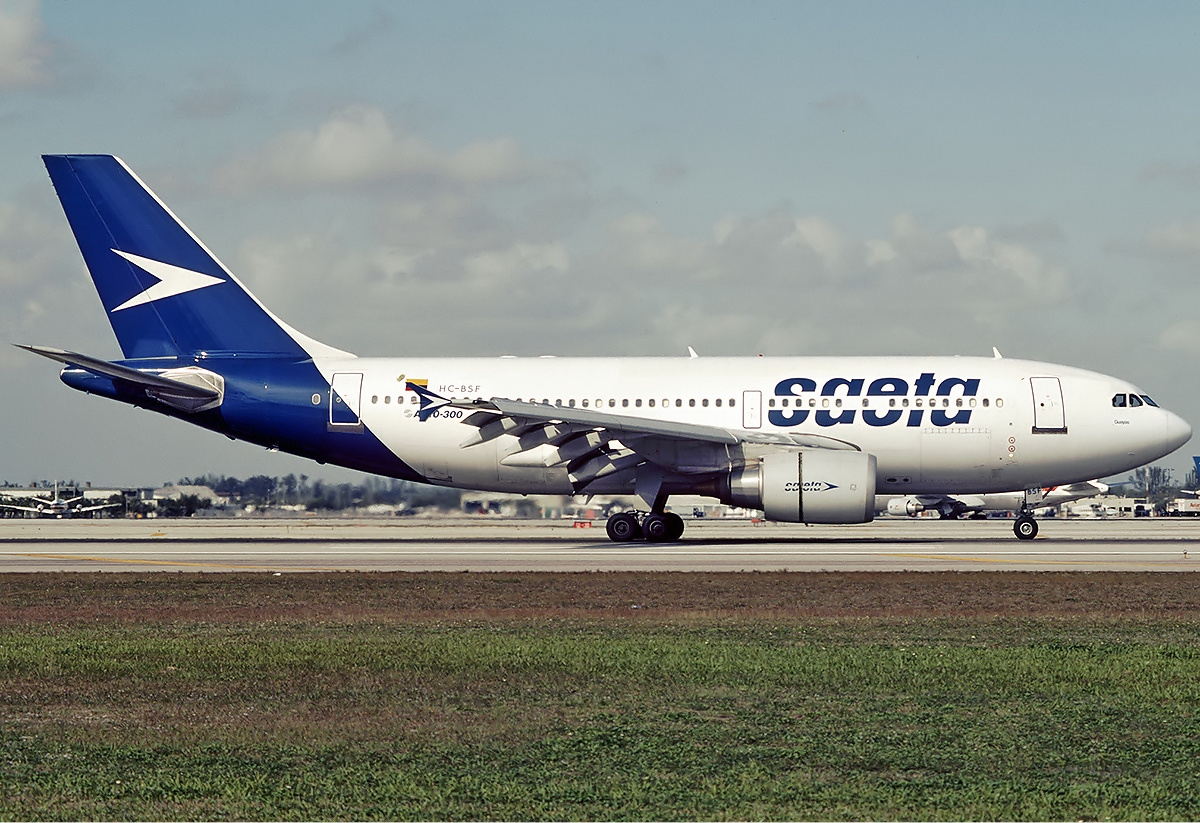Bird strikes are a significant concern for airports worldwide, as collisions between birds and aircraft can lead to serious damage and safety risks. To mitigate these risks, airports implement various bird control measures designed to reduce the presence of birds near runways and flight paths. These methods range from advanced technologies to more traditional approaches, all aimed at keeping both aircraft and wildlife safe. In this article, we’ll explore the most common and effective bird control measures used in airports today, and why they are crucial for aviation safety.
Use of radar and detection systems
One of the most advanced bird control measures used in modern airports is the deployment of radar and detection systems. These systems are designed to track bird activity around the airport, allowing air traffic control to monitor potential bird threats in real-time. Bird detection radars work similarly to traditional aircraft radars, scanning the skies for movement and alerting authorities when large flocks or individual birds approach the runway. By providing early warnings, airports can take immediate action, such as delaying takeoffs or rerouting flights, to prevent bird strikes. This technology has proven effective in reducing incidents, particularly at airports located near bodies of water or other natural bird habitats.
Habitat management and modification
Airports often take proactive measures to modify the surrounding environment to make it less attractive to birds. This strategy, known as habitat management, involves altering the landscape to discourage birds from nesting or feeding near runways. For example, airports may limit the availability of water sources, reduce vegetation that attracts insects or small animals, or use specific landscaping techniques to prevent birds from settling. Habitat modification has been a successful long-term strategy for many airports. By making the environment less appealing, airports can reduce the overall number of birds in the area without relying on more invasive techniques. Studies show that habitat management can reduce bird activity by up to 50%, significantly lowering the risk of bird strikes.
Use of sound and visual deterrents
Another effective method for controlling birds in airports is the use of sound and visual deterrents. These include loudspeakers that broadcast distress calls of birds or predator sounds, which naturally frighten birds away. Additionally, visual deterrents such as flashing lights, laser beams, or even inflatable predators like hawks or eagles are commonly used to scare off birds from runway areas. These tools are particularly useful for small to medium-sized birds that are easily frightened by unfamiliar sights or sounds. While sound and visual deterrents may not work for all bird species, they are a cost-effective and non-lethal way to reduce the presence of birds in critical areas.
